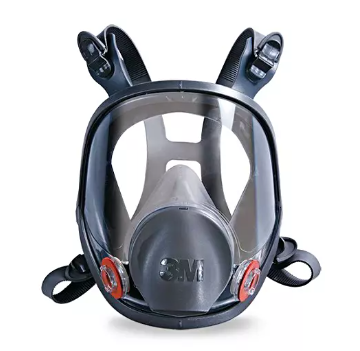Working in cold conditions isn’t just uncomfortable, it can be dangerous. Frostbite, numbness, dehydration and hypothermia are real concerns from chilly outdoor weather. If you're working outdoors this winter, be aware of the dangers and stay safe. In this article, we're looking at 6 tips for staying safe in the cold.
1. Stay well nourished
Make sure to drink enough fluids, as you dehydrate faster in cold weather conditions. Dehydration causes headaches, dizziness and fatigue, and it’s important to stay alert outdoors. Eating enough food during the day, especially fats and carbohydrates, is also important. Your body uses those nutrients as energy to stay warm in cold temperatures.
2. Stay well rested
Working outdoors can be challenging, and increases risks to your safety. Make sure you’re getting enough sleep to stay alert on the job when conditions are more dangerous.
3. Plan breaks from the cold
Just like you need to take breaks from your work throughout the day, your body needs to take breaks from the cold. Plan warm-up times throughout your day to avoid numbness and shivers.
4. Stay dry
Damp clothing can quickly drop your body temperature. It’s more important than ever to stay dry in the cold. Wear a moisture-wicking base layer to draw away sweat as you work. Wear waterproof gear as an outer shell to prevent your under layers from getting wet. Remove any wet clothing immediately.
5. Dress for the conditions
Dressing in layers is key, as it not only keeps you warm but allows you to adjust to changing temperatures. Proper gloves, socks and footwear are essential. Choose headwear that keeps your head and ears warm. Balaclavas can also help to warm your neck and warm the air you’re breathing.
6. Keep a cold weather safety kit in your vehicle
If you’re on the road, make sure to take a cold weather safety kit. A cold weather kit should include emergency blankets, candles, and matches. A candle burning in a vehicle could provide enough warmth to ward off hypothermia for a period of time.
For Information from OSHA click HERE.
For Information from NIOSH click HERE.
The information contained in this article is intended for general information purposes only and is based on information available as of the initial date of publication. No representation is made that the information or references are complete or remain current. This article is not a substitute for review of current applicable government regulations, industry standards, or other standards specific to your business and/or activities and should not be construed as legal advice or opinion. Readers with specific questions should refer to the applicable standards or consult with an attorney.
 (508) 492-8975
(508) 492-8975








